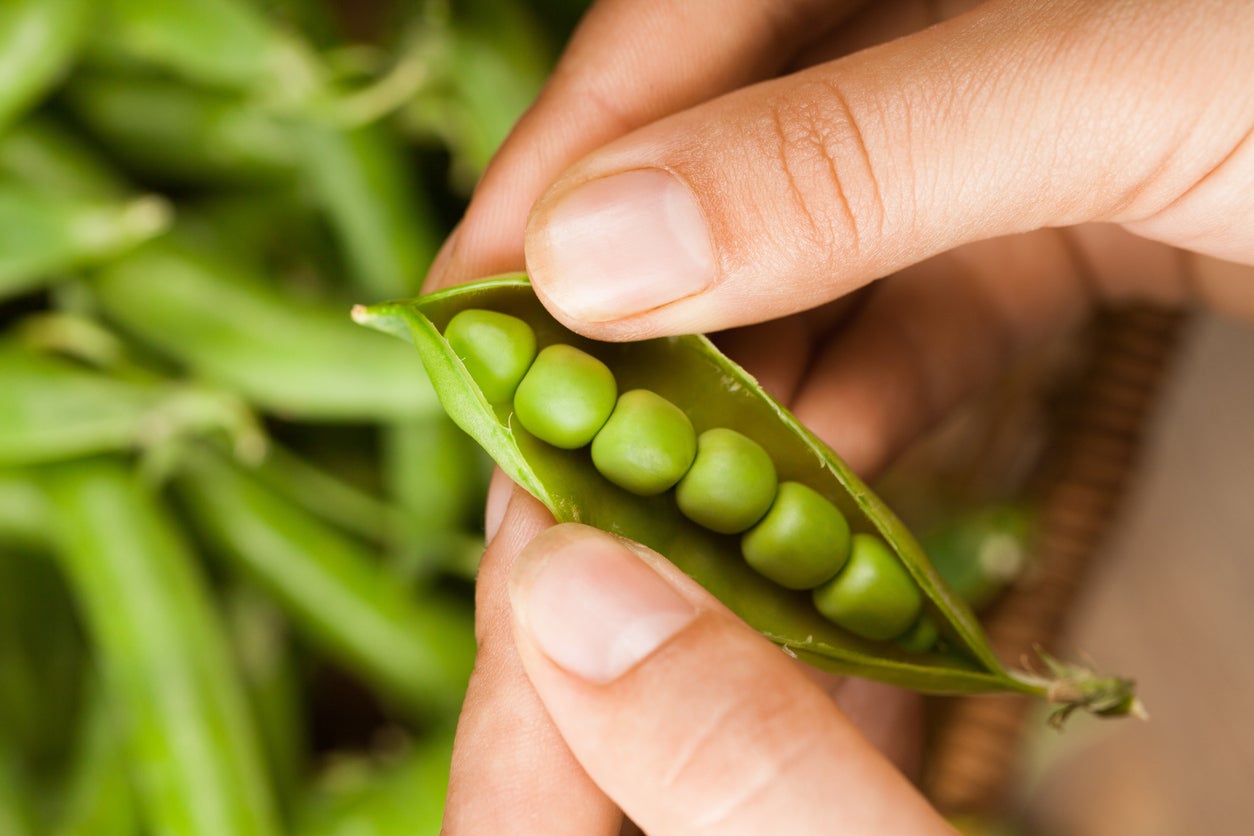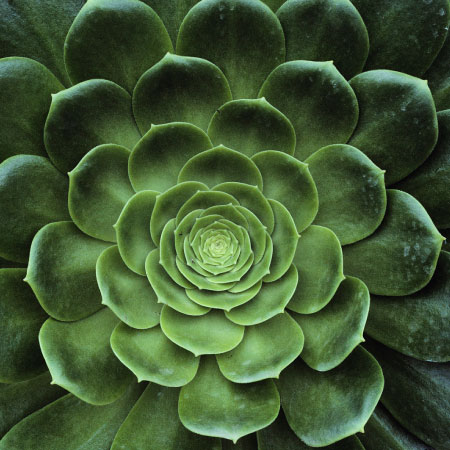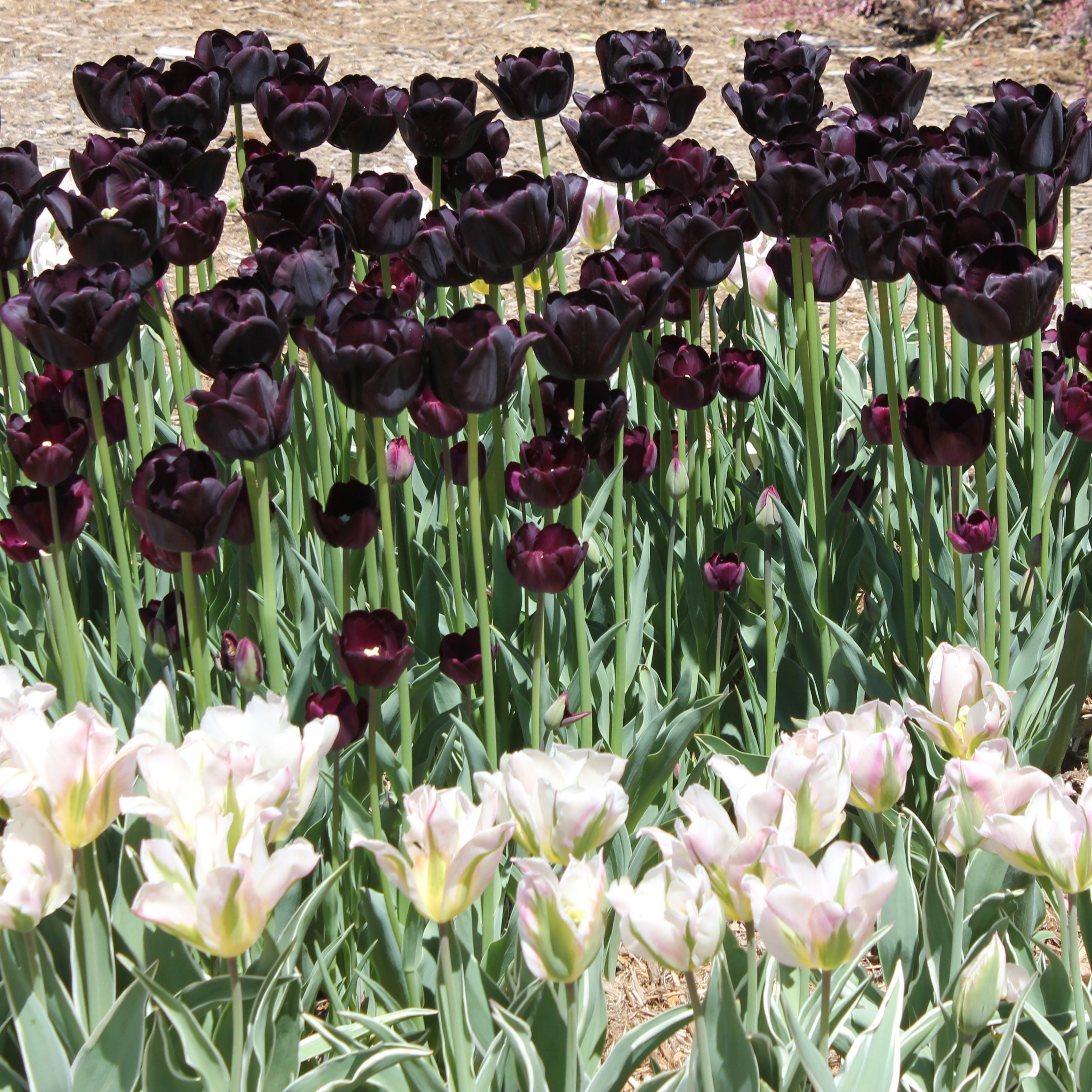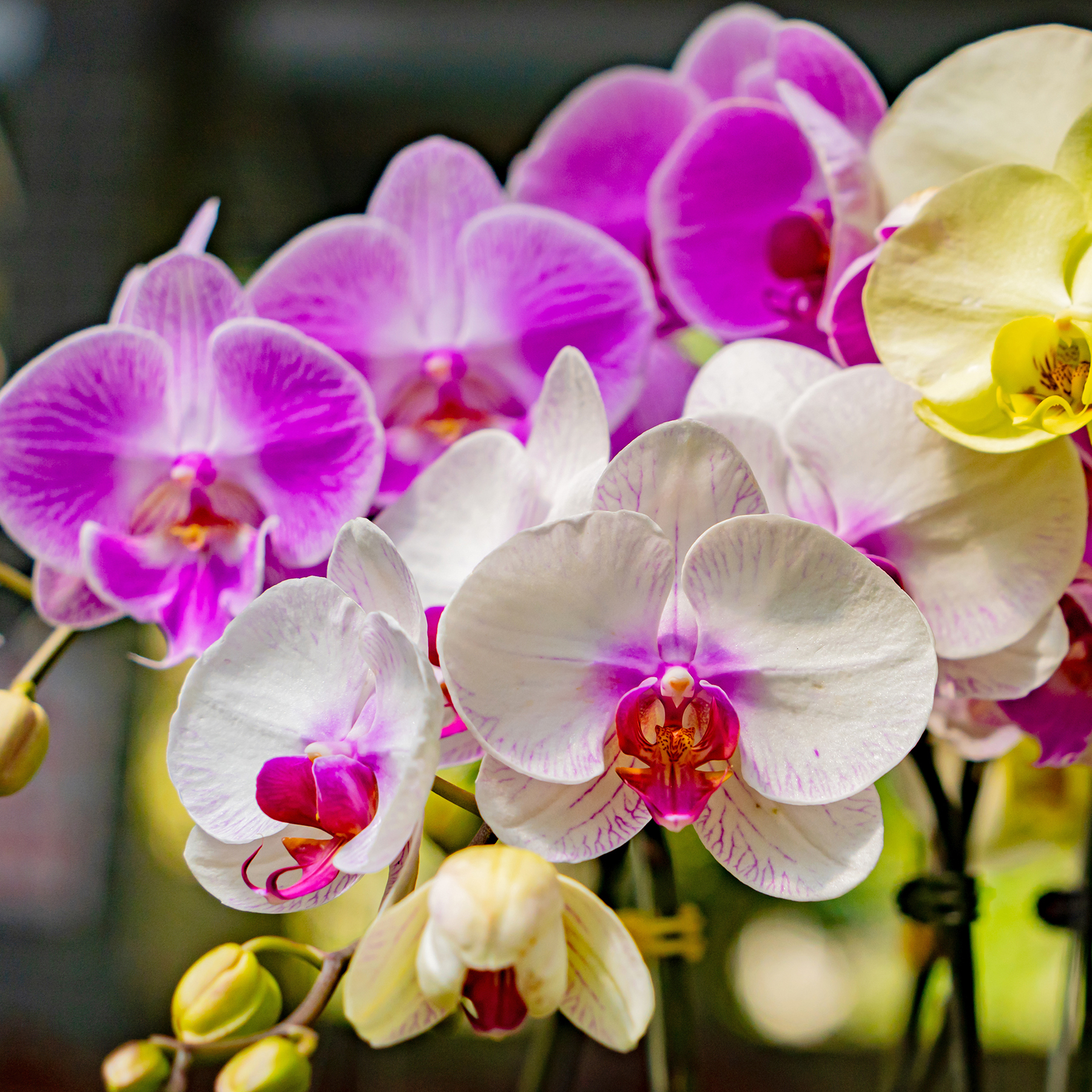What Are Mr. Big Peas – How To Grow Mr. Big Peas In Gardens


What are Mr. Big peas? As the name suggests, Mr. Big peas are big, fat peas with a tender texture and a gigantic, rich, sweet flavor. If you’re looking for a flavorful, easy-to-grow pea, Mr. Big may be just the ticket. Mr. Big peas are easy to pick, and they remain firm and fresh on the plant even if you’re a little late to the harvest. As an added bonus, Mr. Big peas tend to be resistant to powdery mildew and other diseases that often afflict pea plants. If your next question is how to grow Mr. Big peas, you’ve come to the right place. Read on to learn more about growing Mr. Big peas in your vegetable garden.
Tips on Mr. Big Pea Care
Plant Mr. Big peas as soon as the soil can be worked in spring. In general, peas don’t do well when temperatures exceed 75 degrees (24 C.). Allow 1 to 2 inches (2.5-5 cm.) between each seed. Cover the seeds with about 1 ½ inches (4 cm.) of soil. Rows should be 2 to 3 feet (61-91.5 cm.) apart. Watch for seeds to germinate in 7 to 10 days. Water Mr. Big pea plants as needed to keep the soil moist but never soggy. Increase watering slightly when the peas begin to bloom. Provide a trellis or other type of support when the vines begin growing. Otherwise, the vines will sprawl across the ground. Keep weeds in check, as they will draw moisture and nutrients from the plants. However, be careful not to disturb Mr. Big’s roots. Harvest Mr. Big peas as soon as the peas have filled out. Although they will keep on the vine for a few days, the quality is best if you harvest them before they reach full size. Harvest peas even if they’re old and shriveled, as leaving them on the vine will prevent production of new peas.
Gardening tips, videos, info and more delivered right to your inbox!
Sign up for the Gardening Know How newsletter today and receive a free copy of our e-book "How to Grow Delicious Tomatoes".

A Credentialed Garden Writer, Mary H. Dyer was with Gardening Know How in the very beginning, publishing articles as early as 2007.
-
 Moody Blooms For Spring: 8 Types Of Black Flowers To Add Drama To Spring Displays
Moody Blooms For Spring: 8 Types Of Black Flowers To Add Drama To Spring DisplaysFrom midnight burgundies to inky violets, several types of black flowers can enrich and embolden a spring display. Try these brooding bloomers for a moody garden
By Tonya Barnett
-
 My Homemade Orchid Fertilizer Always Brings More Blooms – Here's The Easy Recipe That Transforms Plants
My Homemade Orchid Fertilizer Always Brings More Blooms – Here's The Easy Recipe That Transforms PlantsScientist-turned-gardener Mary Ellen Ellis shares her tried-and-tested DIY orchid fertilizer recipe, plus more ingredients to try for healthy, happy plants.
By Mary Ellen Ellis